'Happy Face Killer' case tapes reveal the lengths woman went to frame boyfriend
Meanwhile, the real killer carried out a series of murders over five years.
Before serial killer Keith Hunter Jesperson, known by his nickname "Happy Face Killer," turned himself in, authorities believed they had solved the murder of his first victim Taunja Bennett.
A jury had convicted a Portland woman named Laverne Pavlinac based on her detailed confession to police that she helped her boyfriend John Sosnovske rape and kill the 23-year-old.
Sosnovske would later plead no contest to the murder charge.
But it was all a lie. Pavlinac had made the whole thing up. When she recanted, Pavlinac said she falsely confessed because she was stuck in a volatile relationship with Sosnovske, desperately seeking a way out and wanting him in prison. But in the process, she also falsely implicated herself.
"I think what happened to mother was she was in an abusive relationship, and she was desperate, and desperate people do desperate things, not to say that it was right, but that's what I think happened," said Pavlinac's daughter Bonne McAlpine.
Watch the full story on "20/20" THIS FRIDAY at 9 p.m. ET on ABC
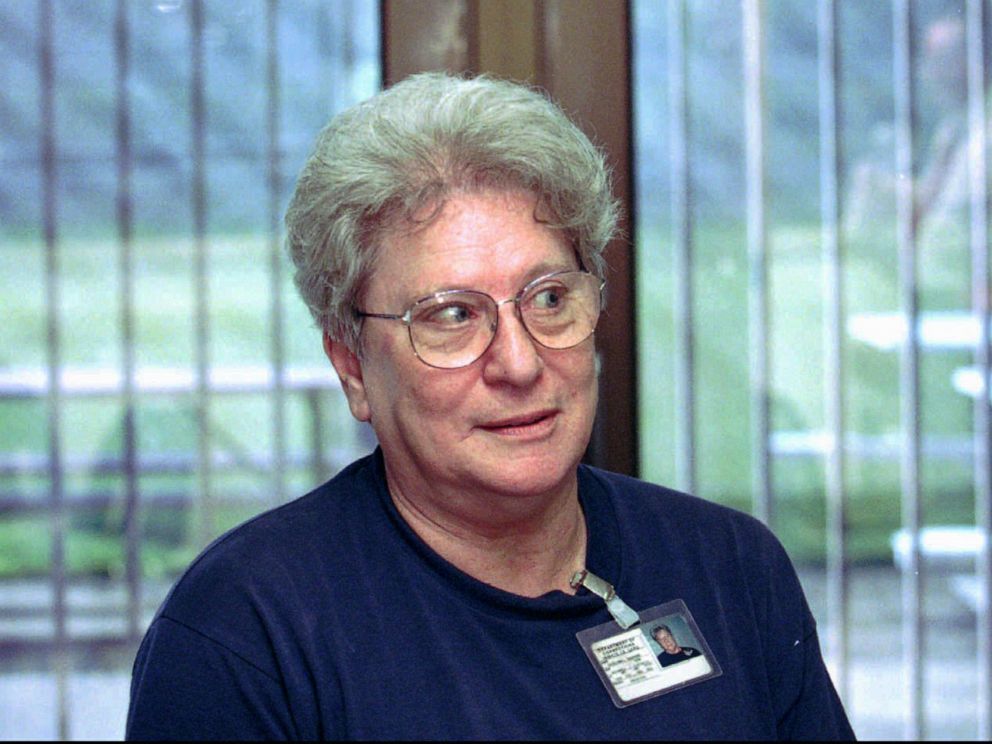
Police interview tapes obtained by "20/20" show the lengths Pavlinac went to convince investigators she and Sosnovske were the killers responsible when they weren't.
"I said… 'Why is she dead?'" Pavlinac told investigators during her last recorded statement on Feb. 26, 1990. "He says, 'Because I choked her'… I said, 'I think we need to take her to a hospital. We need to report this, John.' [He said,] 'No, no. I'll go to the pen. I'll go to death row.'"
As she and Sosnovske started their life sentences, one of the United States' most notorious serial killers continued his murder spree.
"The greatest human tragedy is that Laverne Pavlinac derailed the investigation in 1990, and in four years, Keith Jesperson killed more women," said Jim McIntyre, the Multnomah County, Oregon, prosecutor who handled the cases.
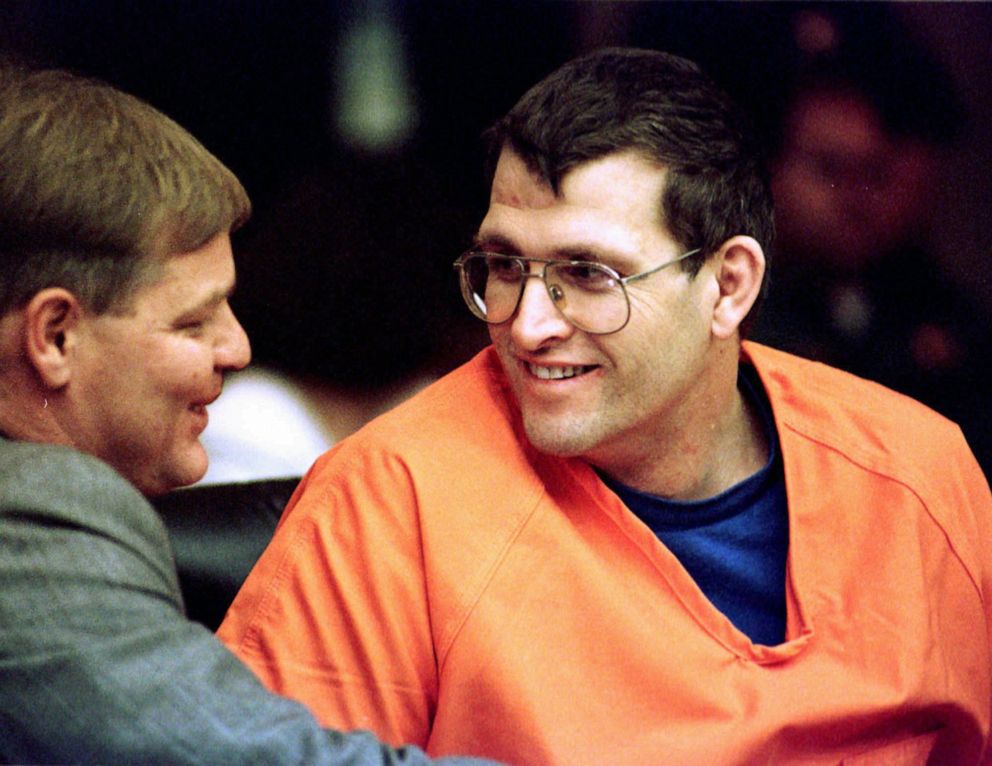
Jesperson was dubbed the "Happy Face Killer" for the smiley face drawings he included on a letter he sent to a Portland, Oregon newspaper, in which he bragged about killing women in a spree that began in 1990.
A Canadian-born long-haul truck driver and divorced father of three, Jesperson carried out his killings over the course of five years until he turned himself in to authorities in 1995. At the time, he was being investigated for the murder of 41-year-old Julie Winningham, who some described as his girlfriend.
He claimed to have victims in five states: Washington, California, Florida, Wyoming and Oregon.
Bennett was his first known victim.
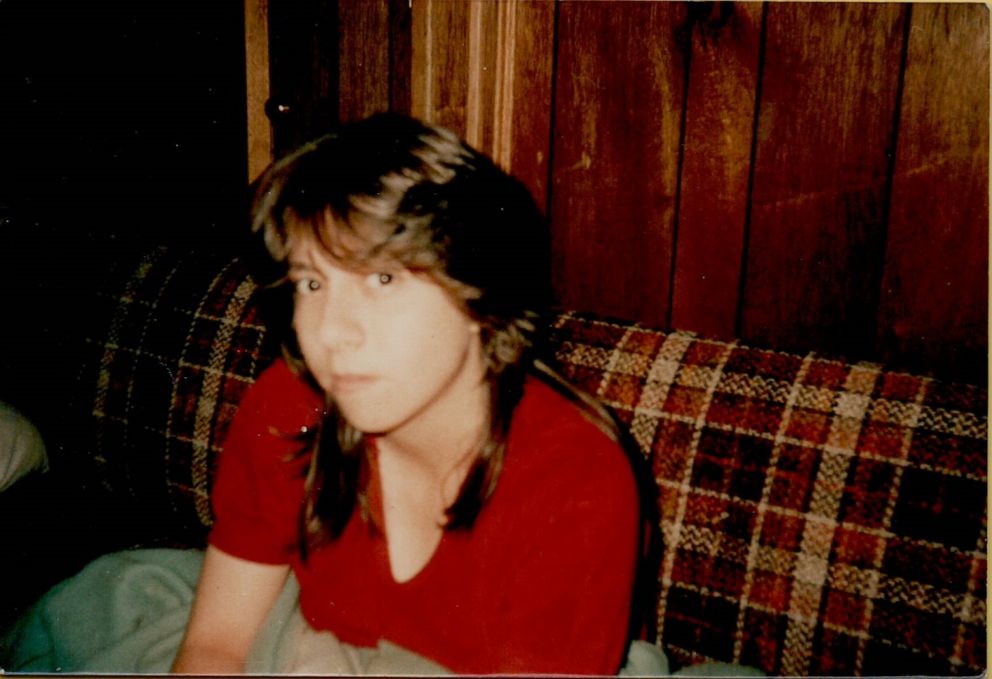
When investigators asked him why he decided to come forward, Jesperson listed two reasons.
"To come clean… get it all over, the record straight. I had been worried about this for a long time. I wanted to get those two people out of prison," he said in 1995, referring to Pavlinac and Sosnovske.
Detectives first became aware of Pavlinac when she anonymously called them to report that she overheard Sosnovske at a bar bragging about killing Bennett. She previously claimed to the FBI that he was a wanted bank robber and frequently complained to Sosnovske's probation officer that he was drinking too much.
Pavlinac had been with Sosnovske, a farmhand 18 years her junior, for a decade when the Bennett case caught her attention in 1990.
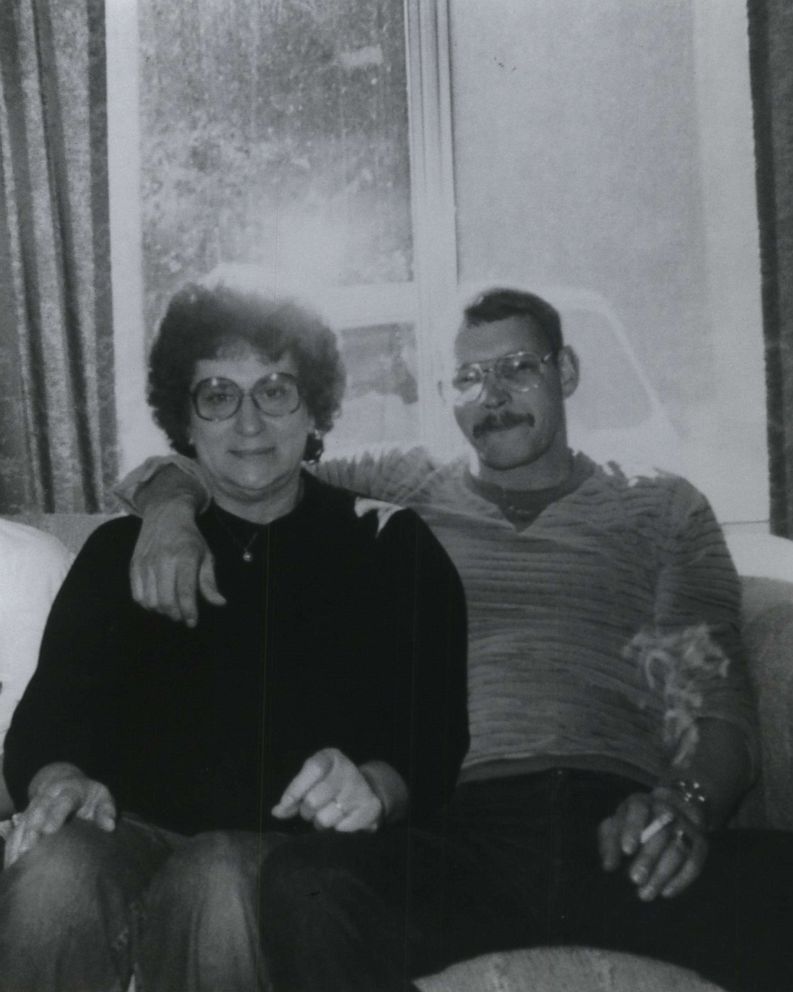
"I don't think she was in love with him. I think that she was at a bad place in her life," said her daughter Darlene Carpenter.
Pavlinac's daughters said their mother "was never the same" after she divorced their father after discovering he left her for another woman. Pavlinac remarried, but her second husband died a few years later. Pavlinac's son also died shortly after due to medical reasons.
"Just so many bad things that happened in her life that I think, I don't know, it caused her to kinda snap or something," McAlpine said.
Bennett was found strangled to death near a scenic overlook at the Columbia River Gorge in Oregon.
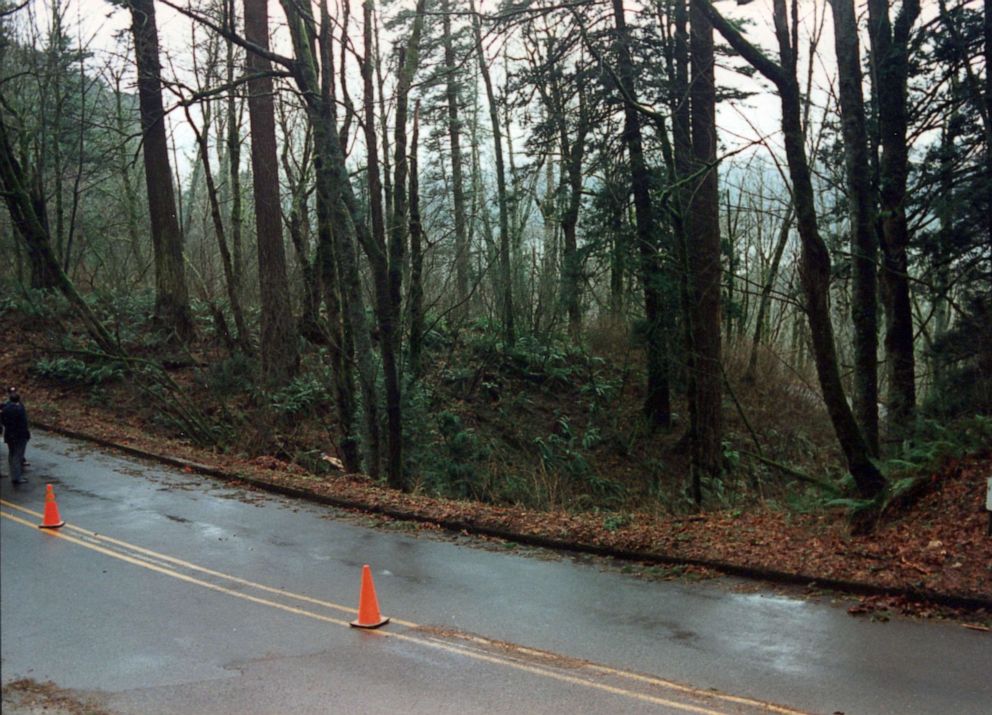
Her sister Michelle White said Bennett was the only one in their family who graduated from high school, someone who read a lot and loved music.
"Madonna, that's what she listened to all day," White said.
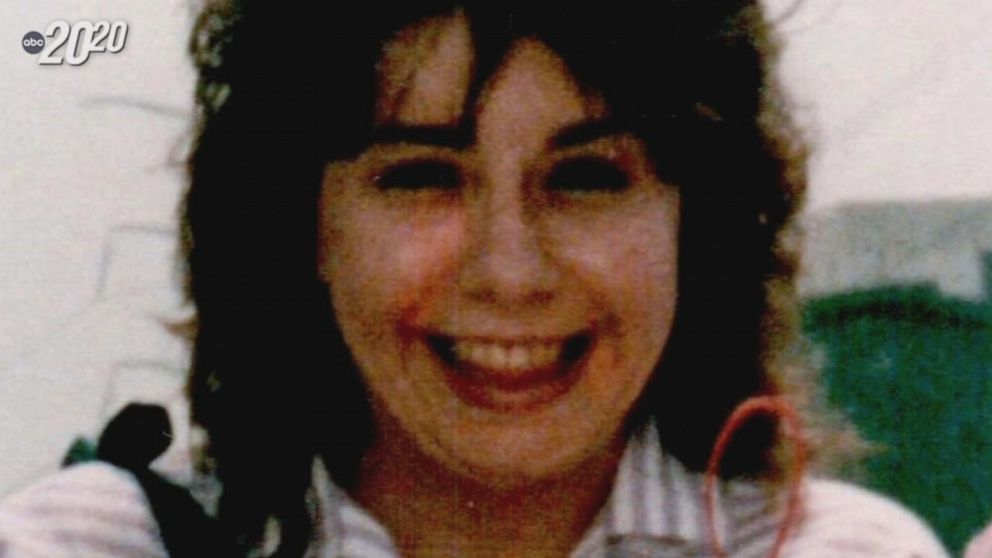
Investigators had been trying to nail down a suspect for weeks when Pavlinac brought Sosnovske to their attention.
Pavlinac seemed to know intimate details about the case. She claimed to have found a strange purse in the trunk of her car with a piece of denim from a pair of jeans inside -- When Bennett was found, her purse was gone and her jeans were missing the fly.
But when investigators were unable to match the purse and denim piece to Bennett, they confronted Pavlinac about fabricating evidence. That's when they said she implicated herself in the murder, according to Det. John Ingram, who worked on the case.
First, she told investigators that she knew Sosnovske did it because she saw Bennett's body, said Ingram.
"He went off into the woods with her," Pavlinac told investigators. "[He said] I better not open my mouth. That this never happened. Or… 'I will cause trouble for your family. I'll hurt your family.'"
She had changed her story so many times that investigators said they wondered if she was telling the truth. But Pavlinac claimed she knew where she and Sosnovske had left Bennett's body in the Columbia Gorge outside of town, and took investigators to the exact remote wooded area where Bennett was found.
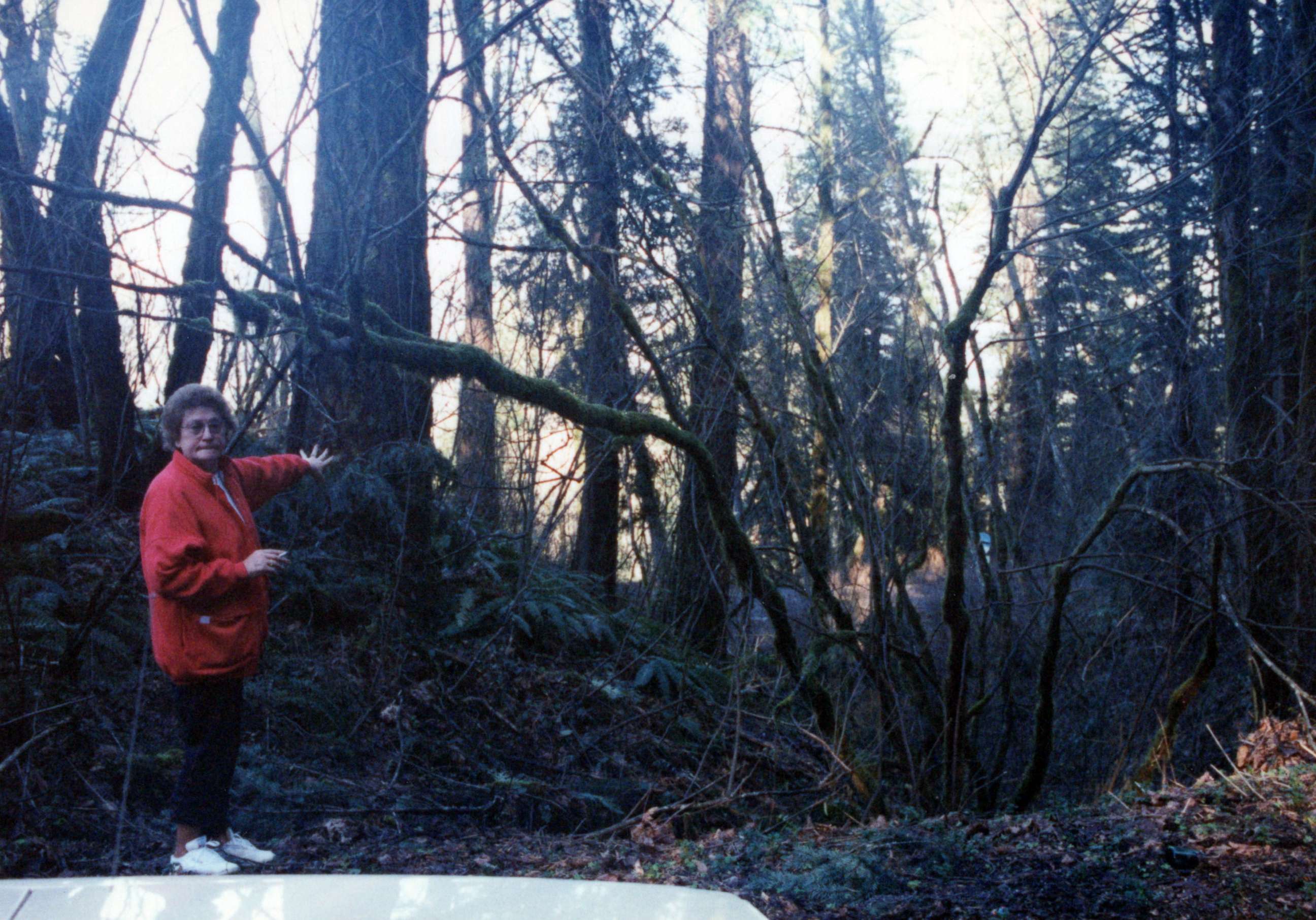
Sosnovske was brought in for questioning and denied any involvement. Investigators installed a hidden recording device in their home hoping to catch Sosnovske making incriminating statements. While police didn't get any hard evidence, the recordings demonstrate how Pavlinac attempted to convince her boyfriend he played a role in Bennett's death.
"I don't remember going to no gorge, dumping no body for God's sake. I don't," Sosnovke is heard saying on the tape.
"John... That's the worst thing you've ever gotten yourself into," she told him.
Based on Pavlinac's statements, and that Sosnovke failed a polygraph test, authorities arrested Sosnovke on murder charges. But a few days later, they got another call from Pavlinac. She changed her story again, this time to say she too was involved in Bennett's death.
She told investigators she had gone to the bar to meet Sosnovke, but Bennett was alive when she picked them up and both got in the car with her.
"She slapped him. He slapped her. Punched her, slapped her. And they were laughing," Pavlinac told investigators. "Then it became serious, a serious argument. "
She told investigators she drove them to a scenic overlook at the Columbia Gorge, where Sosnovske told her to pull over. She then described how she watched Sosnovske have sex with Bennett while he directed her to hold a rope around her neck, and that she believed she pulled the rope too tight, killing Bennett.
"I feel like it's my fault," she said.
After Pavlinac confessed to investigators, her daughter said she got a call from the detectives asking her to come to her mother's house right away. Pavlinac then confessed to her.
"They have her tell me the story and I looked at her again, and I said, 'Mom, are you sure?' And she [said], 'Well, they told me I had to tell you this because if I told you then they would believe me,'" Carpenter said.
"Now, I'm thinking, 'She's confessed... she's pointed out the dump site, she's confessed to us on tape. She's told her own daughter the same story, very convincingly.' I'm thinking, 'My God, she is actually involved in this,'" Ingram said. "I'm told to place her into a holding cell… I say, 'OK, Laverne, now you need to go into that room right there,'... She turned around and she looked at me and she gave me a hug. I thought, 'Oh my God, it felt like I put my mother in jail.'"
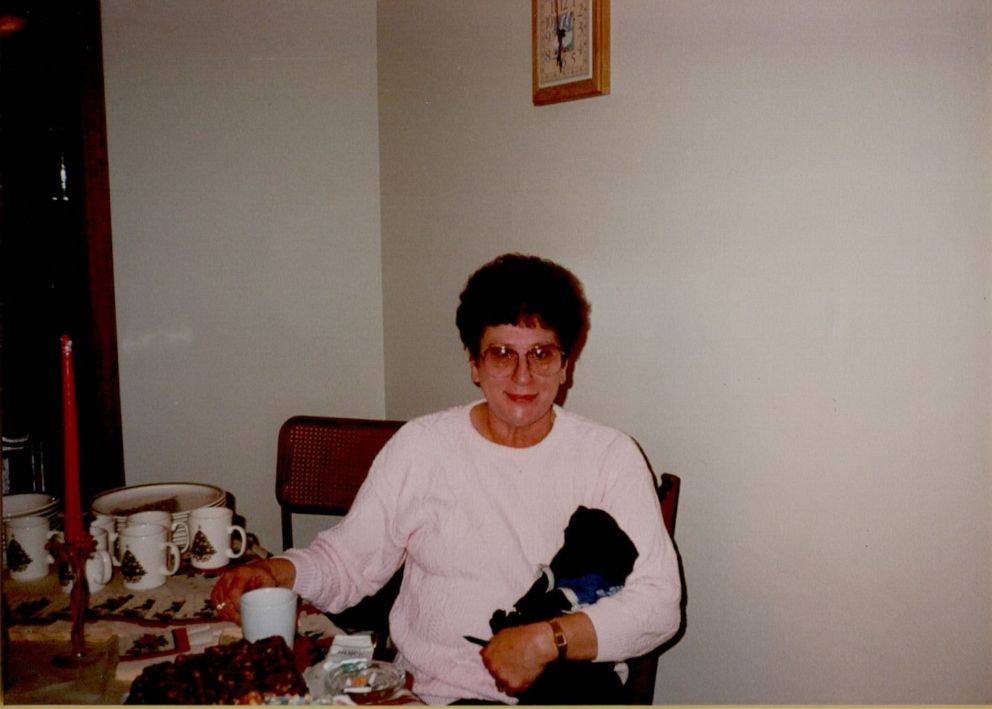
At her trial, Pavlinac recanted her confession, but the jury found her guilty. She was convicted of felony murder and sentenced to life in prison with a 10-year minimum served. Sosnovske pleaded no contest to first-degree murder and kidnapping charges to avoid the possibility of a death sentence and was sentenced to life in prison.
After Jesperson came forward in March 1995, he pleaded guilty to first-degree murder charges for Bennett and Winningham of Camas, Washington, his last known victim.
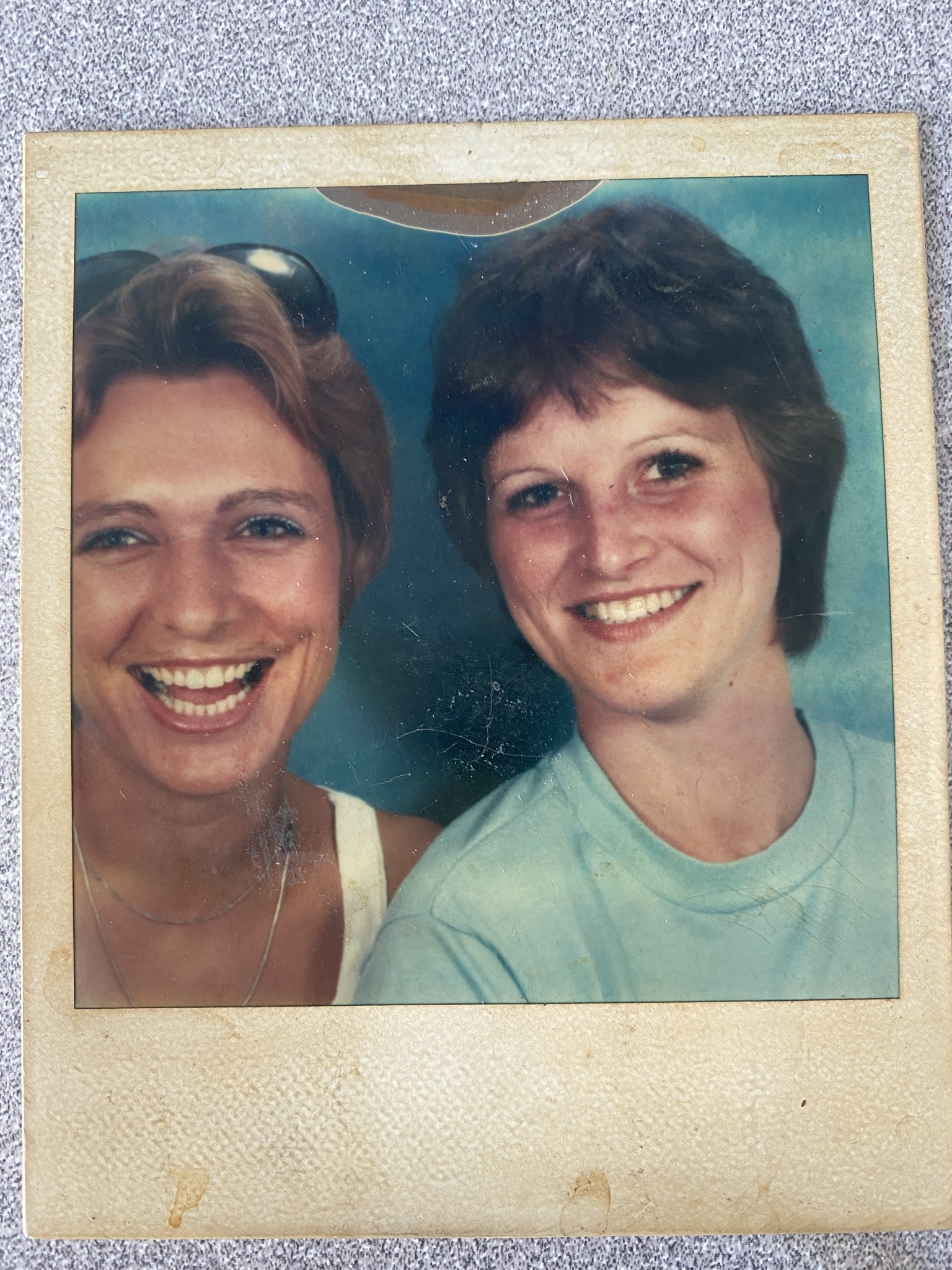
"[Julie] was beautiful inside as well as outside. And that's how I remember her," said Melissa Gavin, her longtime friend. "She was a free spirit, and she would go here, there, and she would go to work at a place, and wouldn't work for very long because she would always go out on the road. She would pop in and pop out, and over the years, She was that type of person."
Jesperson was linked to murdering six other women, some of which remain unknown to this day: an unidentified woman who Jesperson said was named "Claudia" in August 1992 near Blythe, California; Cynthia Lynn Rose in September 1992 in Turlock, California; Lori Ann Pentland in November 1992 in Salem, Oregon; an unidentified woman who Jesperson said was named "Carla" in June 1993 in Santa Nella, California; an unidentified woman who Jesperson said was named "Suzanne" in September 1994 in Crestview, Florida; and Angela Subrize in January 1995 in Laramie County, Wyoming.
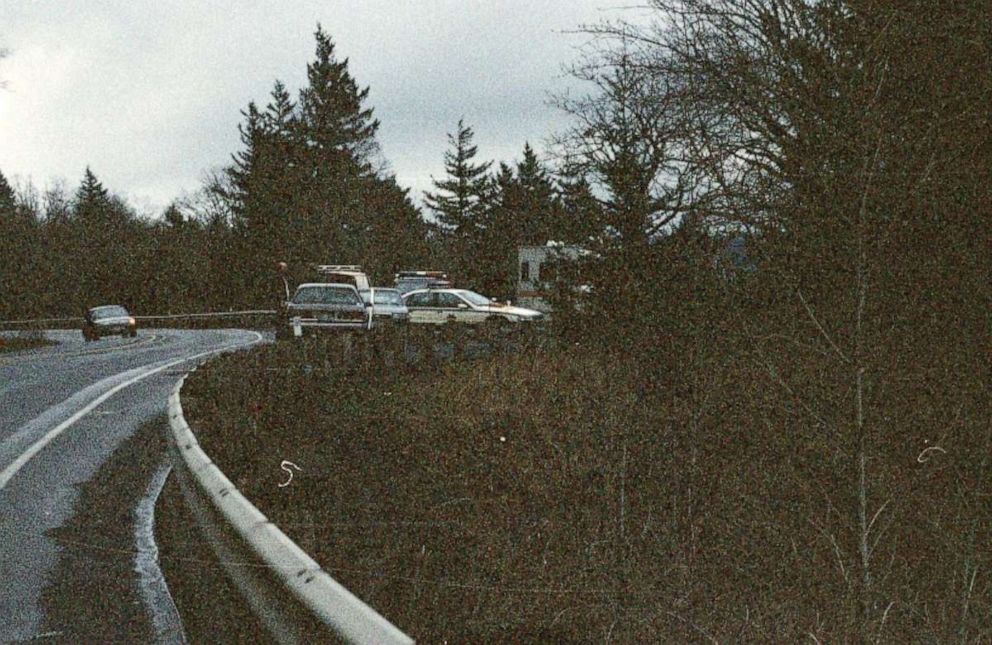
Now 66, Jesperson is serving five non-consecutive life sentences in Oregon's state penitentiary.
In November 1995, a judge released Pavlinac and Sosnovske from prison. Judge Paul Lipscomb of the Circuit Court of Oregon agreed to vacate Sosnovske's sentence after ruling his no-contest plea violated his constitutional rights because it had not been voluntary since he was facing the death penalty.
But the judge did not overturn Pavlinac's conviction, writing he did not find a constitutional defect with her trial since she had been convicted by a jury of her peers.
"Pavlinac has selfishly engaged in an obsessive and persistent obstruction of justice which deflected the investigation at an early stage, causing it to focus on her boyfriend, Sosnovske, while the real killer remained free to kill again and again," Lipscomb wrote in 1995. "Her persistence in this manipulation resulted in her own conviction."
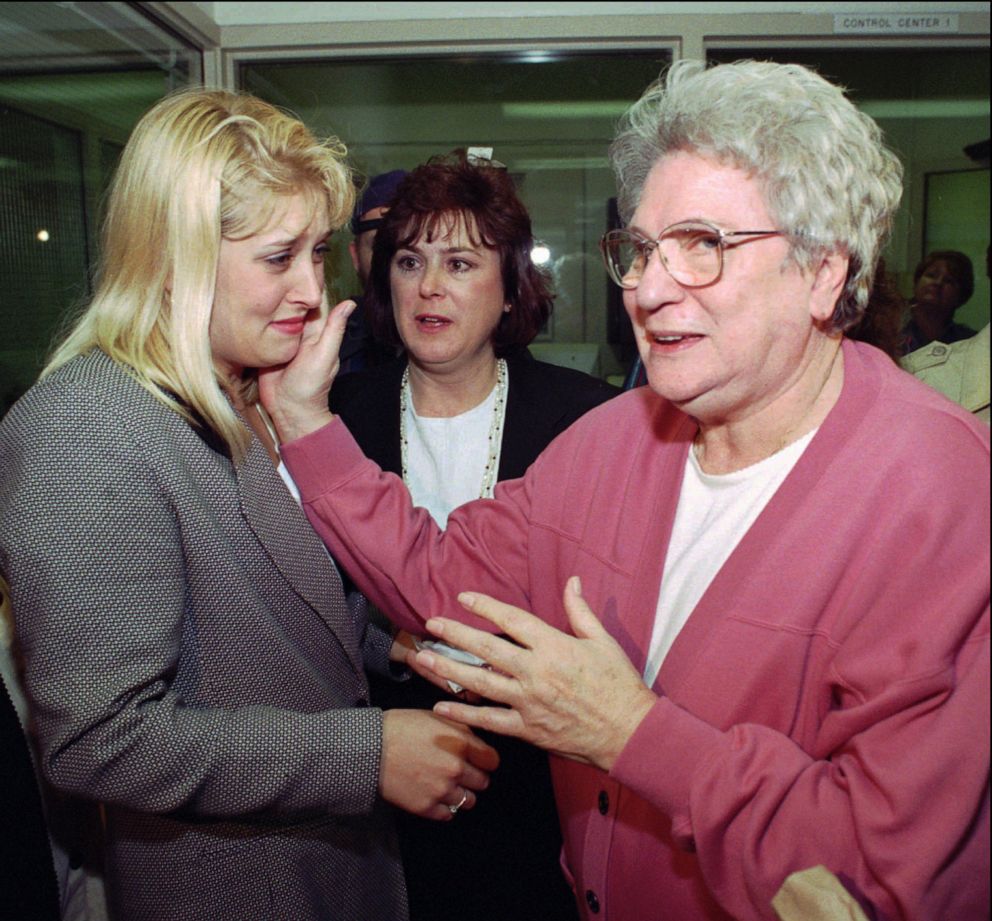
At the time, Pavlinac said she was able to dupe authorities because she had learned details of the crime from newspaper articles and from reading the search warrant without police noticing. She also said she was able to point to the location of Bennett's body based on where the brush had been cleared away.
"I [had] seen all these tracks and all this and that. I knew it had to be around there someplace. You could tell where people had been in and out, the vehicles and everything else, limbs broke. I just said it, this is close enough," she said.
More than 25 years have passed since the ordeal, and in that time, both Sosnovske and Pavlinac have died. Her daughters are still trying to understand why their mother did what she did, and why she didn't see another way to end the relationship.
"She was very giving. She's give her the shirt off her back," McAlpine said. "She was that kind of woman. That's why all of this doesn't make sense. "
If you need help or need help supporting someone else, call the National Domestic Violence Hotline at 1-800-799-7233, or go to thehotline.org. All calls are toll-free and confidential. The hotline is available 24/7 in more than 170 languages.





